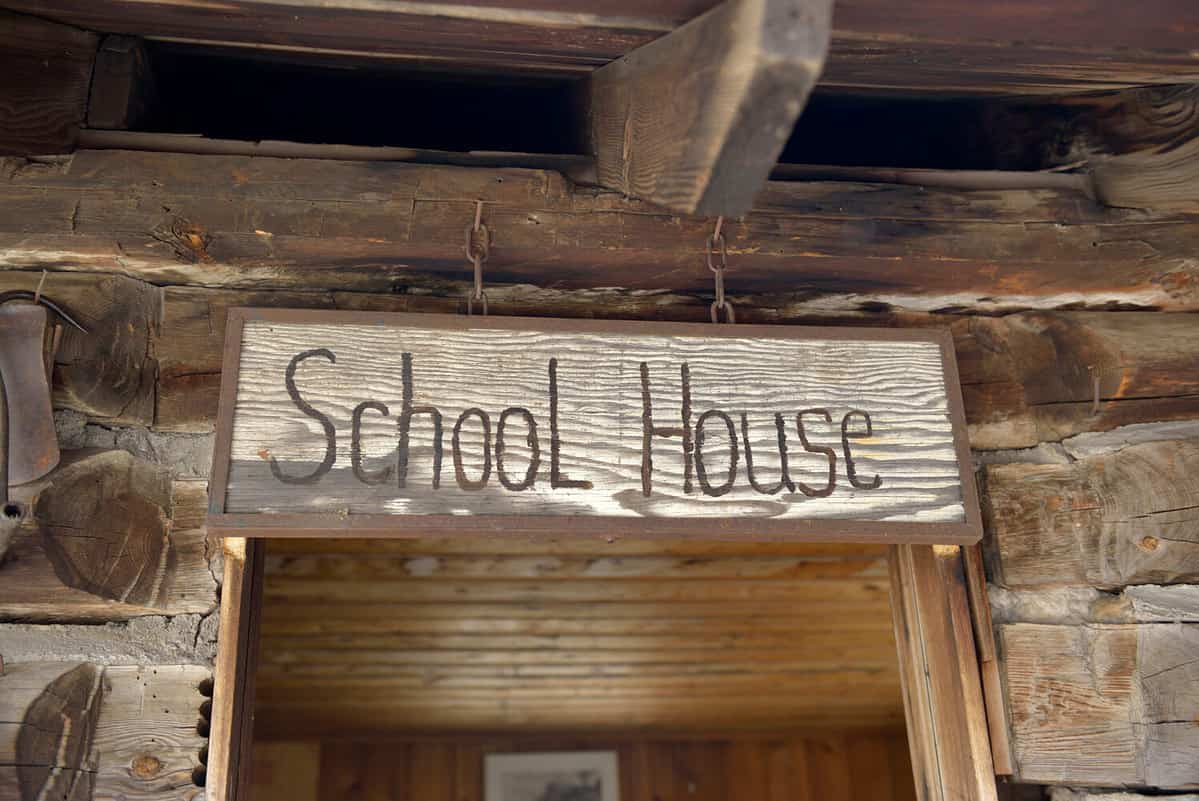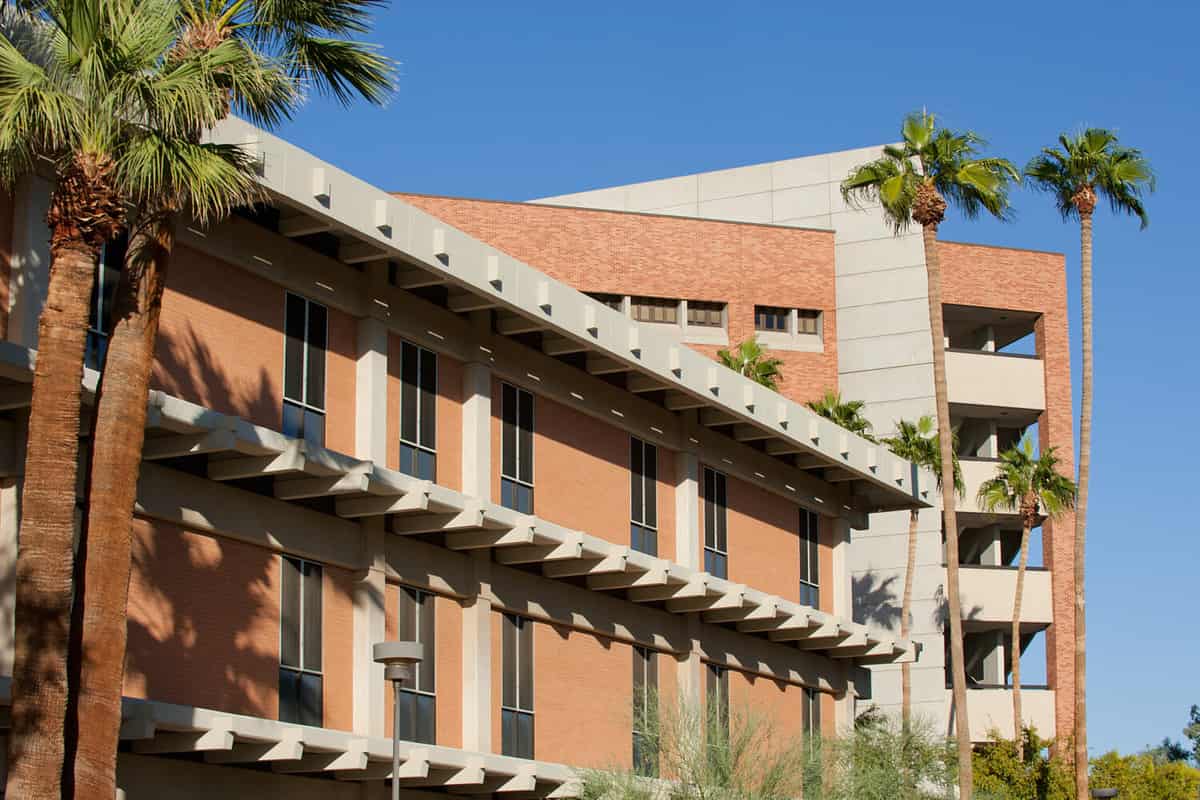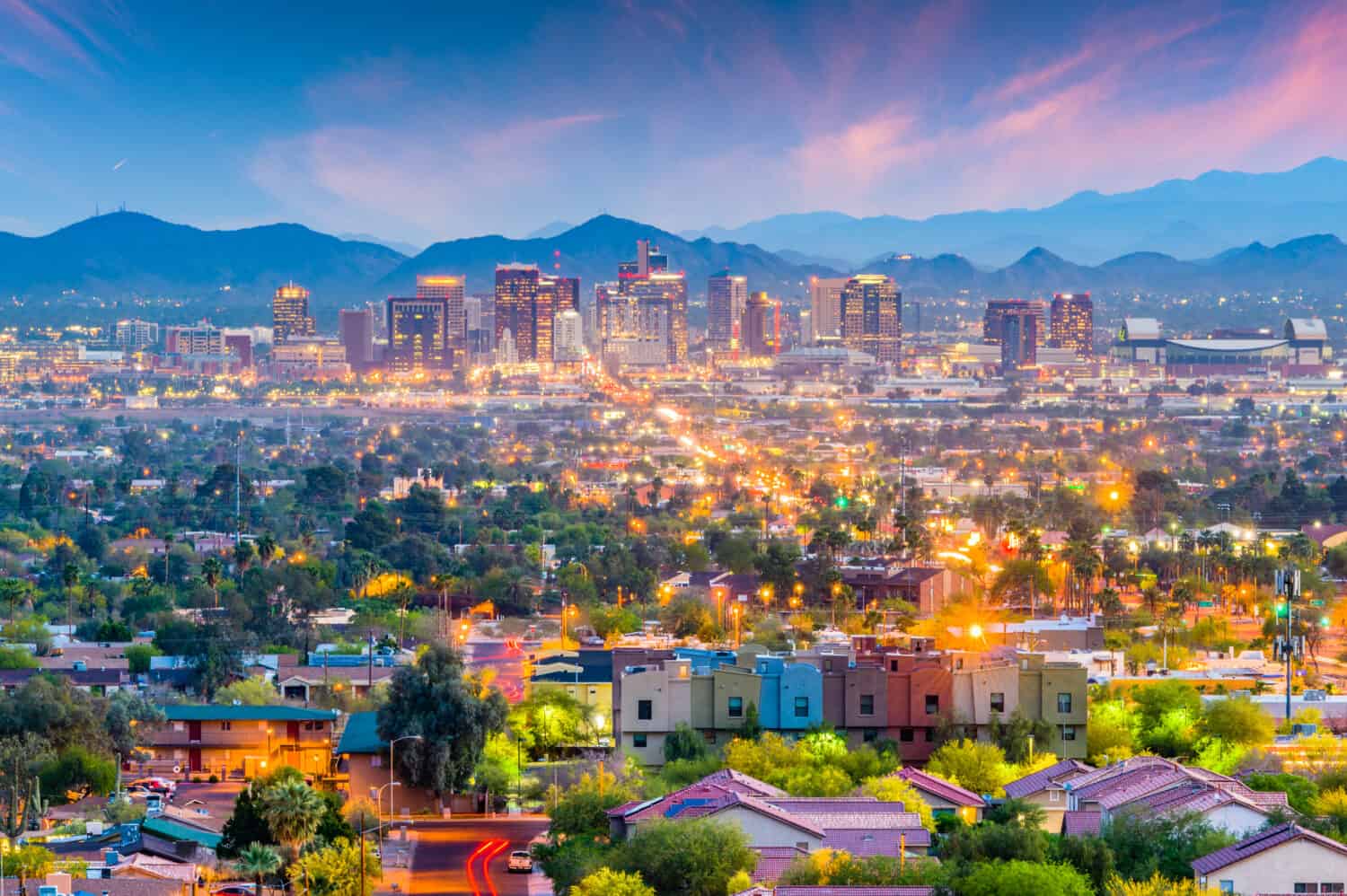Before Arizona officially became a state, the town of Phoenix was already an active community. And the community saw the need to build schools for its growing population. Let’s look back at some of the oldest schools in Phoenix and how they have served the community over the years. Some are still functioning schools, while others have taken on new roles as museums and cultural centers. Here are some of the oldest schools in Phoenix.
1. Kenilworth Elementary School
Kenilworth Elementary School was built in 1920 and is on the list of the National Register of Historic Places as one of the oldest schools in the county of Maricopa. At one point, the ever-expanding city of Phoenix considered closing the school and demolishing the building to make room for the freeway. Luckily, the school was spared, and this little piece of Phoenix's history remains intact. The elementary school continues to serve the community today.
In the News
Although this school may have a rich history, the fact that it's still making headlines isn't old news. Let's take a look at some of the recent articles Kenilworth Elementary has been in:
- March 2023 — The principal of Kenilworth Elementary School was recently given the award for A+ School of Excellence.
- April 2023 — Students at KES received a surprise donation when a band gifted them guitars and a performance
2. Central School (Closed)

Early schools were rustic learning spaces.
©Kevin Oke Photo/Shutterstock.com
The city of Phoenix established The Phoenix Elementary School District #1 in 1871. Central School was only open six months a year for the farming population. The one and only teacher used the courtroom of the Maricopa County Court in the Hancock Building as a makeshift school. Later, when the first professional teacher arrived in Phoenix, a small one-room schoolhouse was built out of adobe and called “Little Adobe.” Later a proper brick school replaced the adobe structure.
3. Cartwright Heritage House
The first school in the Cartwright School District was a one-room schoolhouse, now called the Cartwright Heritage House. The small school was built by newly arrived transplants. A settler from Illinois, Reddick Jasper Cartwright, a homesteader from California, decided to make the schoolhouse. Brockman donated some land, and the two, with help from the community, raised money to fund the schoolhouse in 1884; they completed the project and opened the school. Later, in 1921 a newer brick building took the place of the small school, which was left as an office for the school.
The original building was later used in the 1980s as an unofficial museum. In 1993, the building was added to The National Register of Historic Places, but sometime in the late 1990s, the school was locked and all but abandoned. Recently it has been rediscovered by Steve Schumacher, Phoenix's official historian. The city is still deciding how best to use this historic building.
4. Glendale School District

As the city of Phoenix grew, so did the need for bigger schools.
©panitanphoto/Shutterstock.com
Glendale, which is considered part of the greater Phoenix area, formed Glendale School District No. 40 in 1892, the same year the town was officially recognized. A few short years later, the first Glendale Grammar School opened. Later as the need grew, the Glendale Union High School District opened in 1911, and it is the oldest Arizona high school that still sits on its original site. The school’s auditorium is on Arizona's National Register of Historic Places.
5. Phoenix Indian School
Phoenix Indian School was a boarding school that opened in 1892 to serve the Native American students in the area. The U.S. government owned and had full operational control of the school. The curriculum focused on assimilating Native American children into the white socio-economic-cultural system. The school taught traditional subject matter and vocational subjects. For a short time, they even had a type of internship program where students would work in businesses and learn a trade. But the program was riddled with abuse and white business owners exploiting the students for cheap labor, causing the end of the program.
The school was operational until 1990 when it was shut down. Public schools and schools on the reservation welcomed these students instead. The city of Pheonix turned the school into Steele Indian School Park, where many of the buildings still stand. Many of the school buildings have been listed in the National Register of Historic Places and are in the process of being renovated to create a Native American cultural center for the education of the community around the history of local Native Americans.
6. Monroe School
The Monroe School opened in 1914 and later closed in 1972. The school was, during that time, considered the largest elementary school west of the Mississippi River. Los Angeles architect Norman MarshIt built the school and brought his unique style to the architecture. After the school closed in 1972, it was left abandoned until a group of like-minded volunteers came together with the help of the Phoenix Legislature and restored and rehabilitated the building. Now the Children’s Museum of Phoenix occupies the old school. The museum recognizes the school's historical importance and has a permanent exhibit set up with artifacts from the school. The museum also recognizes the school's most famous alumni, the artist Jackson Pollock.
7. Dunbar Elementary School

Dunbar School is a historically important school.
©PeopleImages.com – Yuri A/Shutterstock.com
Before school segregation ended in 1954, elementary schools in Phoenix were required to be segregated. And the Dunbar Elementary School was one of the earliest elementary schools built for the African American community. The Phoenix Elementary School District built the school in 1925. Later, the school stopped segregating students. The school currently serves PK-5th-grade students.
8. Phoenix Union High School
Phoenix Union High School opened its doors in 1895. Arizona wasn’t yet a state, but the population in Phoenix was growing, and a secondary school was needed. For many years, it was the oldest secondary school in the Western part of the United States. The 18-acre campus was placed on the Phoenix Historic Property Register in 1986 and recognized officially as a landmark in 2003. Currently, the site operates as the Biomedical Campus for Arizona State University.
9. St. Mary’s High School
St. Mary’s High School was Phoenix's first Roman Catholic high school. The Sisters of the Precious Blood founded the school in 1917 with only 14 students, four boys and 10 girls. In 1928 the school went through a change, and the boys were transferred to another school making St. Mary’s an all-girls school. Later, the building required restoration, and the female students joined the boys in another school, making it a co-ed school once again. The school is still in operation today, and several of the students have gone on to become professional athletes.
10. George Washington Carver High School
George Washington Carver High School originally opened its doors under the name Phoenix Union Colored High School in 1926. It was the first school that the district built for African American high school students. At the time, Phoenix elementary schools were segregated but not the high schools. The school served the community until 1954, when it closed, as segregated schools were no longer permitted in Arizona. For a while, the campus was used as storage, and later in 1996, a group of school alumni, with the help of a grant from the City Parks and Recreations department, bought the main building and turned it into George Washington Carver Museum and Cultural Center.
11. Arizona State University

The popular state college has four campuses.
©Natalia Bratslavsky/Shutterstock.com
Arizona State University originally opened its doors in 1885 as a teacher training or normal school. The school offered high school classes for the first several years, but in 1923 stopped teaching high school subjects and expanded its teacher's college. In the early years, the school changed names several times. Eventually, in 1958, it was christened Arizona State University, making it more formal than a college or teaching school. The school has expanded to have four campuses and serves the bustling community of Phoenix and the surrounding area. The school boasts a long list of alums, including senators, ambassadors, actors, musicians, and athletes.
In the News
This historic school has made headlines numerous times over the years. Let's take a look at just a few of the most recent headlines:
- July 2023 — A swimmer at Arizona State University recently broke Michael Phelps’ 400-meter world record.
- July 2023 — One of the school's graduates invented a cooling case that prevents your smartphone from overheating.
- July 2023 — In light of free speech suppression allegations against an ASU faculty member, an Arizona senator is giving the school 60 days to submit a written investigation.
12. Phoenix Junior College
Phoenix Junior College just celebrated 100 years as a school. Originally the college was part of Phoenix Union High School, but with the growing need for higher education, it became a separate school. It is one of the oldest community colleges in the United States. And is now a key fixture in one of the largest community college systems in the U.S. The school grew from a small school with a handful of subjects to a college with over 200 certificates and degree programs.
The image featured at the top of this post is ©Sean Pavone/Shutterstock.com
